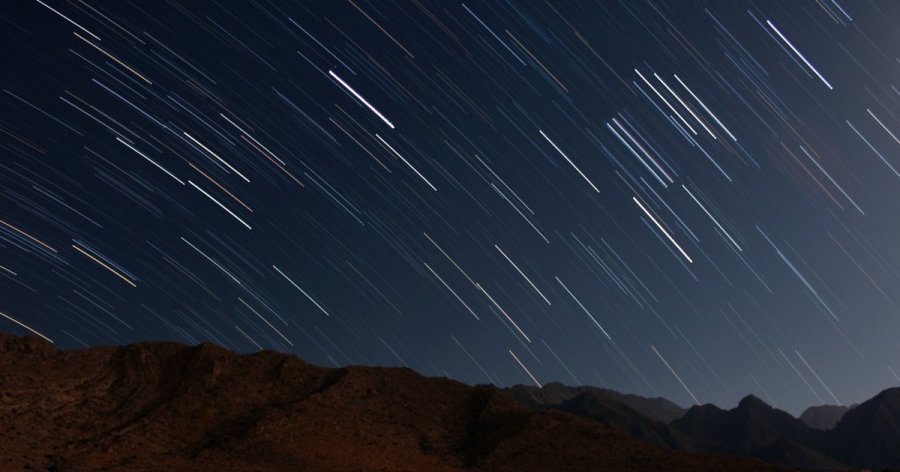Great Wild Spirits! And my Star Witches!
Keep a look out for the Lyrid Meteor Shower! A great time for magick, divination, and power! This happens between April 21st – April 22nd.
Magick especially to consider:
- Trance work
- Divination
- Astral Travel
- Underworld Connections
- Spirit Communion
- Love Magick
- Inspirational Magick
- Power
The Lyrid meteor shower offers 10 to 20 meteors per hour at its peak on a moonless night. The peak numbers are expected to fall on the morning of April 21 or 22. In 2017, the light of the waning crescent moon won’t too greatly interfere with this year’s Lyrid shower. In rare instances, Lyrid meteors can bombard the sky with up to nearly 100 meteors per hour. No Lyrid meteor storm is expected this year… but you never know.
The Lyrid meteor shower has the distinction of being among the oldest of known meteor showers. Records of this shower go back for some 2,700 years.
The Lyrid Meteor Shower shoots out from the Lyra Constellation. Lyra constellation lies in the northern sky. It represents the lyre, a musical instrument with strings used in antiquity and later times.
The constellation is associated with the myth of the Greek musician and poet Orpheus. It was first catalogued by the Greek astronomer Ptolemy in the 2nd century.
Lyra contains Vega, the fifth brightest star in the sky and second brightest star in the northern hemisphere, and the famous variable star RR Lyrae. It is also home to several notable deep sky objects, including the globular cluster Messier 56, the planetary nebula Messier 57 (the Ring Nebula), the merging triplet of galaxies NGC 6745, and the open cluster NGC 6791.
The Summer Triangle is formed by the brightest stars in each of the constellations of Lyra, Cygnus and Aquila.
The beautiful Ring Nebula can be found within the Lyra constellation, between the stars of Sulafet and Sheliak.
Different cultures interpreted Lyra differently. In Wales, the constellation is known as King Arthur’s Harp or King David’s Harp. The Persian poet Hafiz referred to it as the Lyre of Zurah. Vega is Lyra’s most notable star, so it’s not surprising that this constellation is also associated with eagles and vultures. The Incas called this constellation Urcuchillay, who is a multicolored llama deity who watched over animals. For Christians, this constellation has been called Praesepe Salvatoris, or the Manger of the Infant Savior.
Enjoy and many blessings!
If you enjoyed this article, please like, share, and/or follow!
There’s Magick In The Stars
Tweet
